
In the world of healthcare, there are no panaceas, or cure-alls. But a few simple strategies can have profound and lasting effects on your health. When it comes to building and maintaining foot and toe health, one simple action stands out above most others: Realigning your big toe to the position that nature intended. Restoring your big toe so that it’s in line with its corresponding metatarsal bone is one of the most powerful and effective ways to treat a variety of foot problems—everything from bunions to neuromas to plantar fasciosis—and improve foot function.
Many of us who have worn conventional footwear most of our lives have big toes that are deviated toward the midlines of our feet. In this configuration, the big toe visibly sits at an angle relative to its corresponding metatarsal bone; the other toes, especially the fifth toe, may also deviate from their intended positions. This big toe configuration is known as hallux valgus, and though it is common, it is not in any way normal.
The forces associated with tapering toe boxes are directly responsible for this big toe deformity (the heel elevation included in most footwear is another major player in this problem, as it puts a tremendous amount of force or pressure on sensitive ball of foot structures and already-wedged toes). Even conventional socks, to some degree, contribute to this exceedingly common foot problem by squeezing your toes together—one of the many reasons why we favor toe socks, which allow your toes to spread and roam free.
Nature intended your toes (including your big toe) to be splayed well apart, and this foot shape can still be seen in infants and in individuals from barefoot or minimally-shod cultures. In this article, we offer you six compelling reasons to realign your big toe to the position that nature intended, and we share with you a few simple strategies on how best to accomplish this health goal (it is possible for most people to restore proper big toe orientation). The six most important reasons to realign your big toe are:
- To enable natural arch support
- To prevent excessive pronation and ankle sprains
- To improve blood flow to the plantar fascia
- To restore proper sesamoid bone orientation
- To enhance balance and weight distribution
- To boost intrinsic foot muscle strength
Read on to learn more about the six reasons why you should realign your big toe!
1. To Enable Natural Arch Support
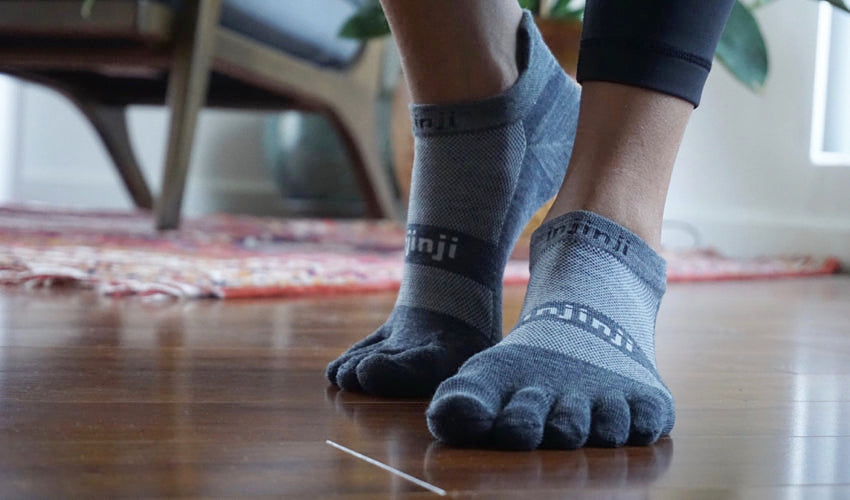
Returning your big toe from a deviated position to its intended position helps encourage natural arch support. The two ends of your main foot arch are your heel and your forefoot (including your toes). Your foot arch is most stable when the following two conditions are satisfied:
- Your heel and forefoot are positioned on a level plane
- Your toes (especially your big toe) are splayed well apart
When your foot and toes are in this configuration, your arch is able to bear a tremendous amount of weight. In fact, the more weight that's applied to your arch, the stronger your arch becomes (assuming that your foot and toes are in their optimal orientation and position).
2. To Prevent Excessive Pronation & Ankle Sprains

Excessive pronation (inward rolling of the ankle) is a common situation in the conventionally shod, as are ankle sprains. Excessive pronation can lead to many foot and lower extremity musculoskeletal problems. Conventional footwear possesses three design elements that actually promote excessive pronation: Heel elevation, toe spring, and tapering toe boxes. These design elements lift your heel and toes above the ball of your foot and pinch your toes together. In this configuration, your foot becomes extremely unstable and can do little else but overpronate.
Some conventional shoes attempt to control this instability by incorporating “pronation control” features, but this is little more than a temporary fix to a much larger problem (and it’s not always effective in achieving pronation control). Shifting your big toe to its intended position in line with your first metatarsal bone actually has a supinatory (i.e., the opposite of pronation) effect on the rest of your foot.
Restoring your big toe to its natural position will also help reduce your chances of an ankle sprain. When your big toe is in this position, and when you use footwear that places your foot on a completely level surface, you are much less likely to suffer an ankle roll, as your big toe helps stabilize your entire foot and, without a heel, there is less distance to roll.
3. To Improve Blood Flow to the Plantar Fascia

Reduced blood flow, or circulation, to and from your plantar fascia (the thick connective tissue that supports your medial longitudinal foot arch, or main foot arch) can lead to degeneration and death in this tissue. The abductor hallucis muscle—the muscle responsible for moving your big toe away from the rest of your foot—becomes overstretched and weak in those who wear conventional shoes that possess tapering toe boxes. Traditional wedge-shaped toe boxes force your big toe toward your foot’s midline—an action that causes your abductor hallucis muscle to pull on another connective tissue structure (your flexor retinaculum), under which sensitive structures pass.
One such structure is the posterior tibial artery. Diminished blood flow through this artery means that the plantar fascia does not receive adequate blood flow to support its metabolic processes. Plantar fascia tissue begins to die and cannot be cleared because there is a lack of circulation, and this is what causes the pain that most people (including many doctors) attribute to plantar fasciitis. The “itis” of plantar fasciitis implies inflammation, but no inflammation is usually present with this condition. Instead, it’s tissue degeneration that is seen at a microscopic level in people with this health problem.
Restoring your big toe to its normal anatomical position relieves the tension on your flexor retinaculum and reduces pressure on the blood vessels that pass beneath, allowing adequate blood flow to reach your plantar fascia and exit, washing dead tissue away.
4. To Restore Proper Sesamoid Bone Orientation

Two small bones, called sesamoids, sit directly underneath the joint connecting your big toe to its corresponding metatarsal bone. Both sesamoid bones sit within the tendons of your flexor hallucis brevis muscle. Your foot sesamoid bones provide a smooth surface over which your big toe flexor tendons can slide, and they improve the ability of these tendons to transfer force from your lower leg muscles to the base of your big toe. Your foot sesamoid bones also help bear some of your bodyweight and reduce stress on your other forefoot structures.
You may develop a problem called sesamoiditis (irritation of your sesamoid bones) if you wear conventional footwear for prolonged periods. Shoes with tapering toe boxes that force your big toe into a wedge position may cause your sesamoid bones to become dislocated, which in turn leads to dysfunction and pain in or around this area. When your big toe is properly aligned with your first metatarsal bone, your sesamoids are also properly aligned and function the way nature intended.
5. To Enhance Balance & Weight Distribution

Restoring your big toe to its proper anatomical position may help improve your balance, and it helps spread bodyweight forces more evenly over the surface of your foot. With your big toe properly aligned, your foot acts like a tripod to keep you upright and your foot and ankle stable. The wider your toe splay, the better balance you will have. Spreading the toes, especially the big toe, can be particularly helpful for seniors or individuals who struggle with balance problems, and it may even help reduce the likelihood of falls in some cases.
Splaying your toes fully helps spread your bodyweight over a greater surface area on the sole of your foot and reduces point pressure on just one aspect of your foot (the ball of the foot, in most cases). Reducing the pressure on the ball of your foot helps reduce your chances of developing common ball of foot problems, including neuromas and stress fractures.
6. To Boost Intrinsic Foot Muscle Strength

Your intrinsic foot muscles (all four layers of them) primarily serve to provide your medial longitudinal foot arch with dynamic support. These muscles exist only within the confines of your foot and do not cross your ankle. In conventional footwear, your intrinsic foot muscles can become weak and ineffective, as they are often immobilized for long periods (due to the rigid soles and built-in arch bumps or props included in many traditional models). It’s not until you abandon conventional footwear (and adopt foot-healthy footwear instead) that these muscles “wake up” and begin participating more fully in the act of standing, walking, running, and weight-bearing in general.
The simple act of restoring your big toe to its intended position can have a very favorable effect on your intrinsic foot muscles. With your big toe in this advantageous position, your intrinsic foot muscles will fire more frequently, become stronger and more resilient, and help improve the integrity of your main foot arch.
How to Restore Normal Big Toe Position

Restoring proper big toe position is a powerful way to realize lasting foot health benefits and prevent or address many common causes of chronic foot problems. Here are some of the top ways you can restore normal (and natural) big toe orientation:
-
Use Correct Toes: Correct Toes toe spacers are an amazing tool for restoring natural toe splay, especially big toe position. These toe spacers are made of medical grade silicone, making them both comfortable and durable. You can also wear them inside shoes that possess a compatible toe box. Check out our article entitled Top 10 Benefits of Correct Toes to learn more about this helpful toe spacing device. And see our article called Correct Toes vs. Other Toe Spacers for a comparison between Correct Toes and other toe spacers available on the market today.
-
Use Toe Socks: Toe socks—socks that have a separate compartment, or sleeve, for each individual toe—are helpful in supporting proper big toe alignment. Unlike conventional socks, toe socks do not squeeze your toes together or contribute to big toe (or other toe) deformation. Instead, they allow your toes the freedom to function the way nature intended.
-
Adopt Foot-Healthy Footwear: Shoes and other footwear that possess a sufficiently wide toe box to allow for natural toe splay are absolutely crucial in restoring optimal big toe alignment. Truly wide toe boxes (i.e., toe boxes that are widest at the ends of your toes) are rare, and it can be challenging to find them. Shoes described as “wide” aren’t always widest where it matters (i.e., at the ends of your toes, not at the ball of your foot). The good news is that every footwear option featured on the Natural Footgear site for men and women possesses a sufficiently wide toe box to enable proper toe splay.
-
Use BlackBoard Training Tools: BlackBoard foot training tools, including the BlackBoard Basic, ToeBands, and Meta Trigger, can all be helpful, in their own way, in restoring proper big toe orientation and shoring up the foot and ankle. These potent foot health tools approach big toe realignment from different angles, but they all contribute to the restoration of a big toe position that provides your musculoskeletal system with the best possible foundation.
-
Perform Other Relevant Stretches & Exercises: Certain stretches, especially the Big Toe Stretch, are excellent for realigning your big toe with your first metatarsal bone. You can also loop an elastic band around both big toes and gently spread your feet apart, stretching your big toes away from the rest of your foot—an exercise that's demonstrated toward the end of this video.
Big toe rehabilitation takes time! You are trying to counteract years of damage caused by conventional footwear, so be patient and monitor your progress. Check out our Correct Toes Results & Expectations page to learn more about how this toe spacing device can help you successfully restore your big toe to the position that nature intended. We wish you great success on your journey toward optimal foot health!

WANT TO IMPROVE YOUR FOOT HEALTH?
Let the team at Natural Footgear help you! Subscribe to our newsletter for the latest offers and helpful info, and sign up for our FREE email courses on various topics and foot health conditions.
Sign Up →
Want to Improve Your Foot Health?
We are here to help you every step of the way. Get our newsletter for the latest offers and helpful info, and sign up for our FREE email courses on various topics and conditions, including bunions, hammertoes, neuromas, plantar fasciosis, shin splints, ingrown toenails, and more.
Sign Up →
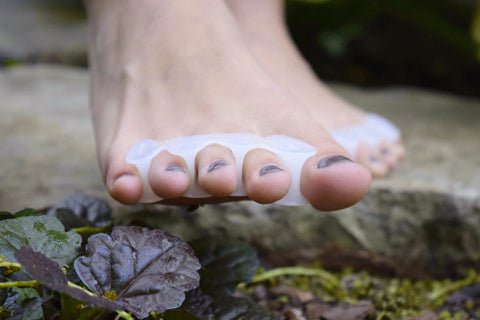 Correct Toes, a toe spacing device made of flexible and durable medical grade silicone, is a small but mighty ally when it comes to achieving and restoring optimal foot health. It's a natural alternative to the most commonly prescribed foot care products—such as arch orthotics and motion control footwear—as well as surgical procedures, and it accomplishes major foot health feats for a fraction of the cost of these more well-known...
Read more
Correct Toes, a toe spacing device made of flexible and durable medical grade silicone, is a small but mighty ally when it comes to achieving and restoring optimal foot health. It's a natural alternative to the most commonly prescribed foot care products—such as arch orthotics and motion control footwear—as well as surgical procedures, and it accomplishes major foot health feats for a fraction of the cost of these more well-known...
Read more











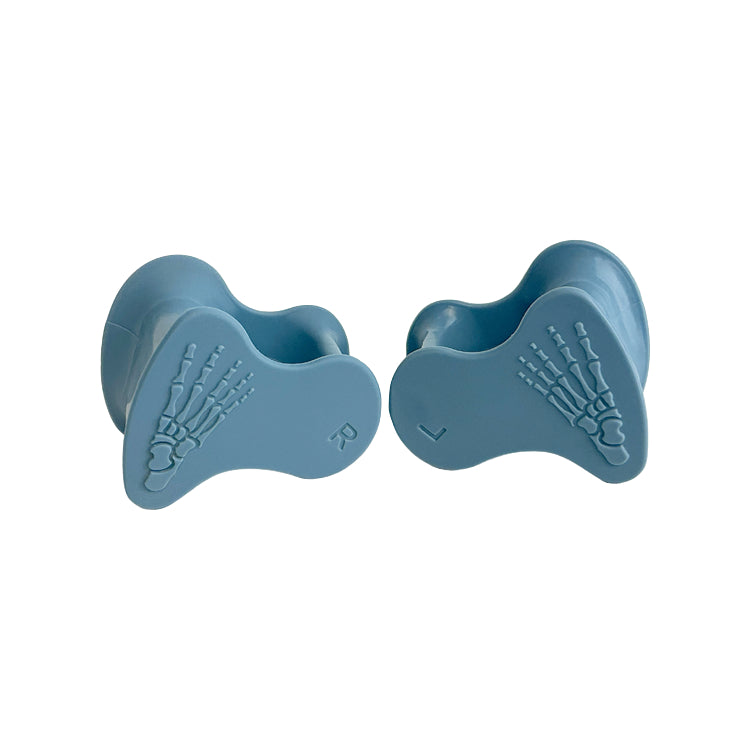
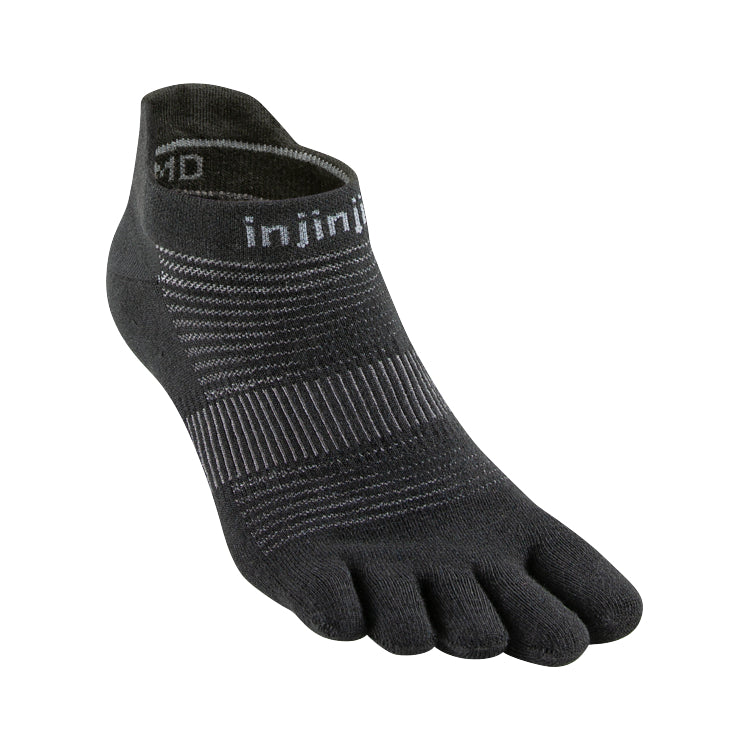
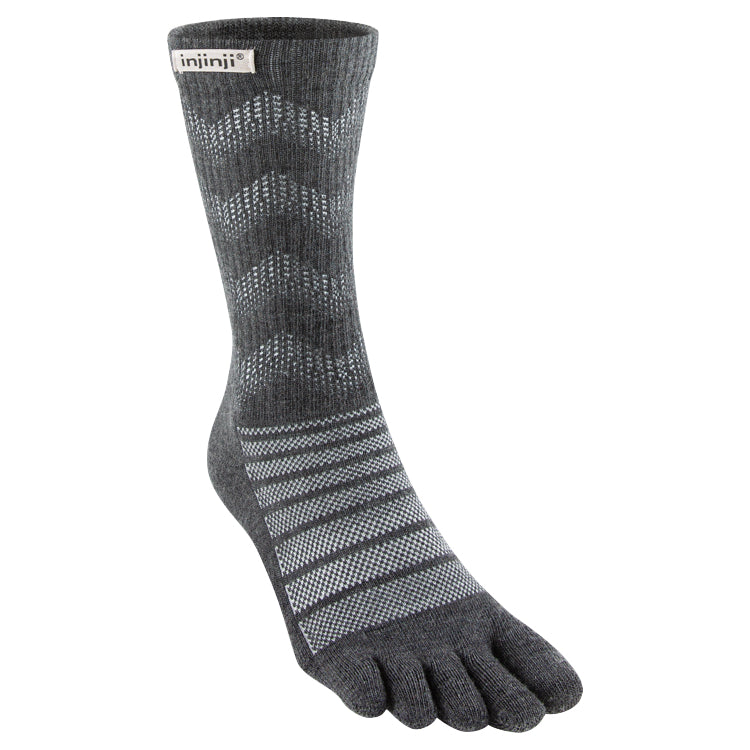

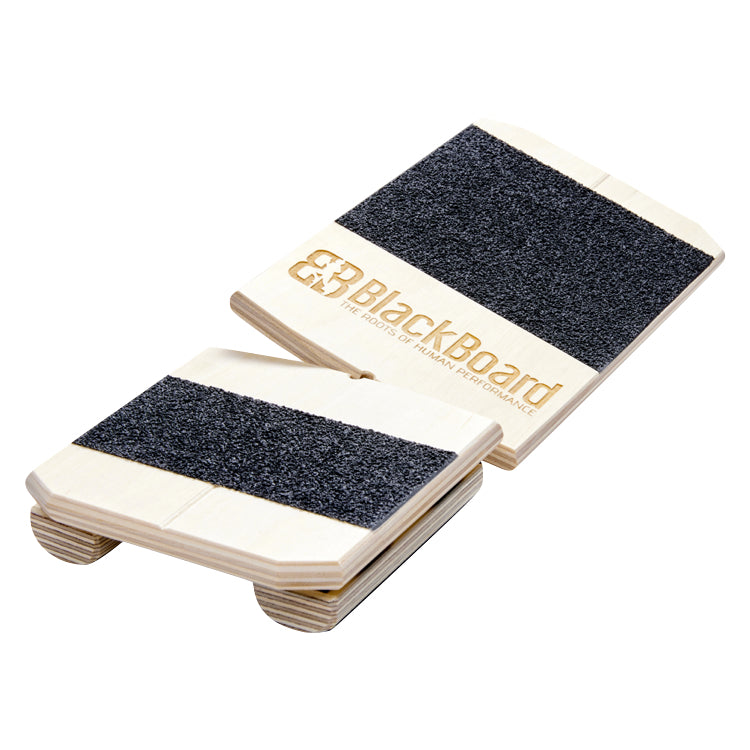
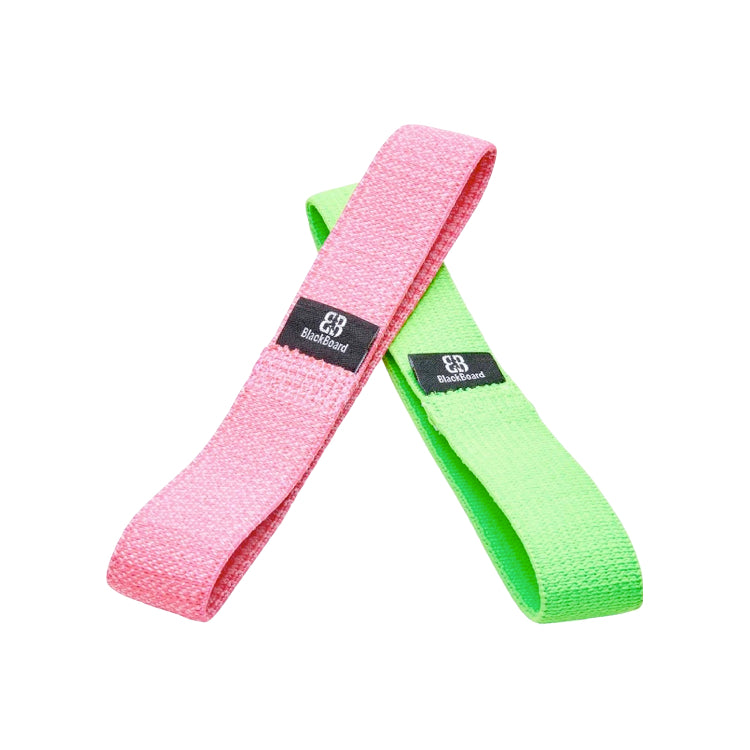
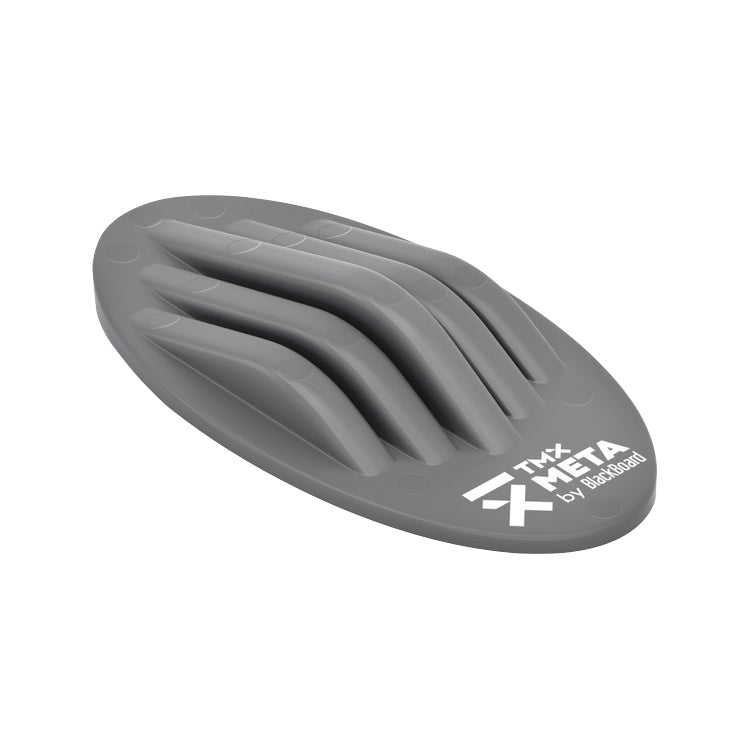
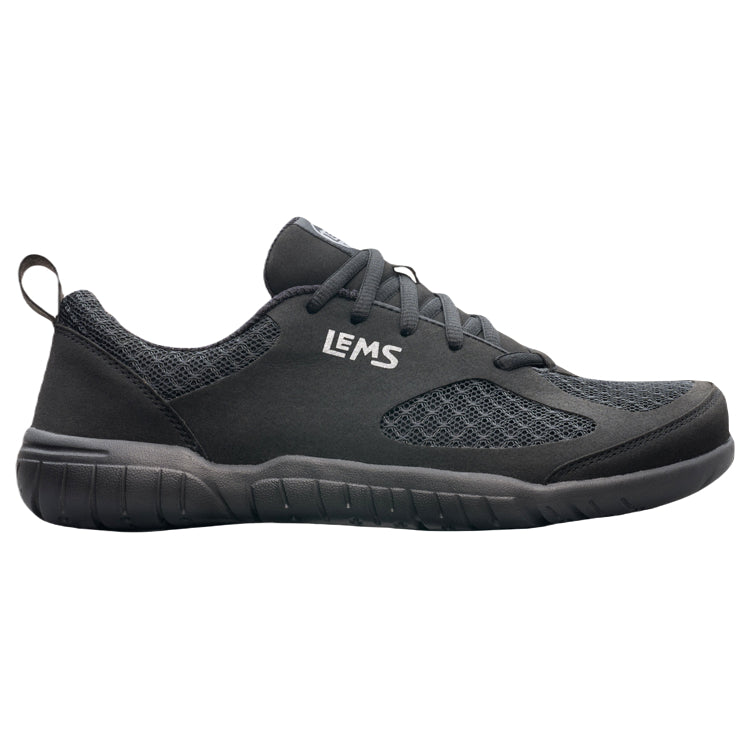
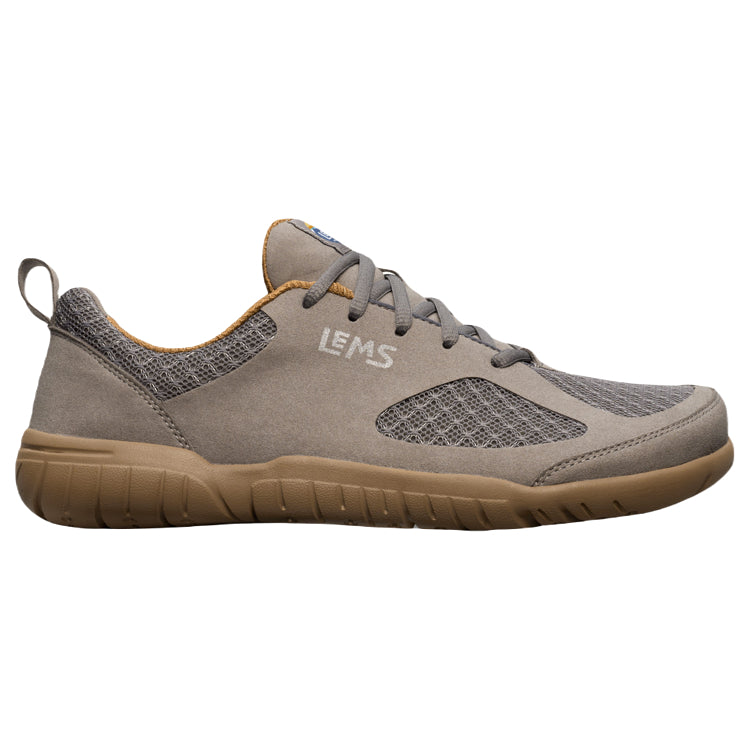

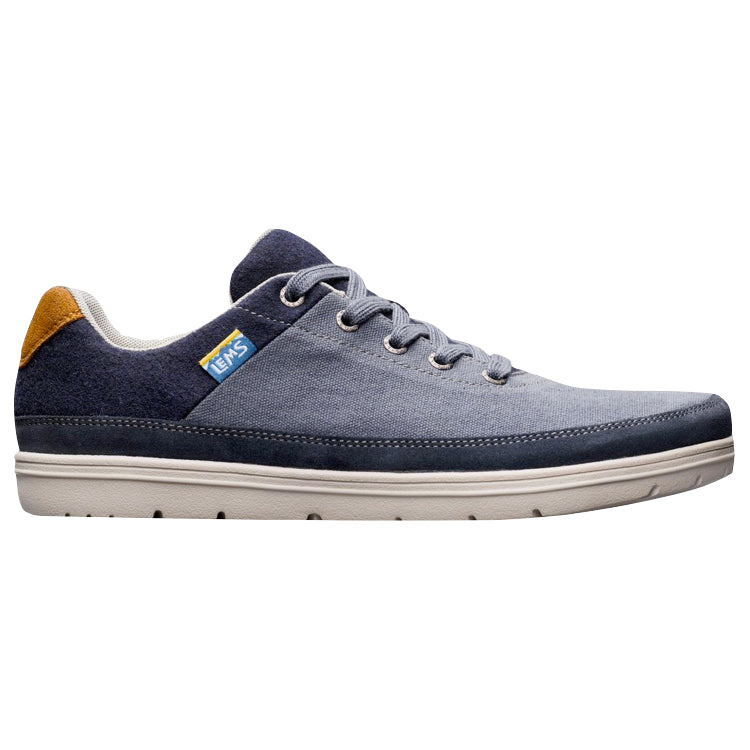
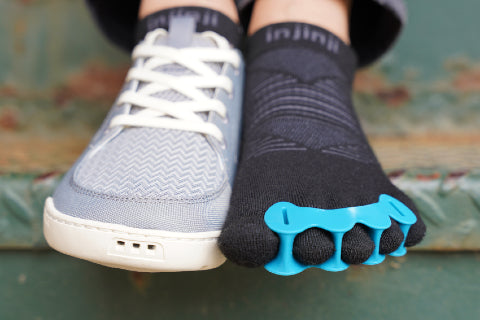



How will I know when I’m finished with correct toes
Hi, Derrick,
Thank you for your comment. You pose an excellent question. I think it’s important to keep in mind that toe and foot problems often occur over a very long period, and so it’s most likely that the recovery or rehabilitation process will also take some time. Please view the following article to learn more about Correct Toes results and expectations:
www.naturalfootgear.com/blogs/product-info/17922240-correct-toes-results-expectations
Kind regards,
Marty Hughes, DC
Many thanks for your generous sharing of information. I want to try hard to avoid surgery. My big toes are badly out of line, and I am already using Correct Toes and Lems shoes. I would greatly appreciate the info about the bunion stretch. I will work hard to make it work. Thank you in advance!
Hi, Joan,
Thank you for your message. And thank you for the positive feedback. Much obliged!
I have included some resources below that discuss natural approaches to bunions and achieving optimal foot health. I think you may find these links helpful:
Big Toe Stretch:
www.naturalfootgear.com/blogs/education/17856416-big-toe-stretch
Free e-course on Bunions:
www.naturalfootgear.com/pages/do-you-have-foot-pain
Bunions: Conventional vs. Natural Approaches:
www.naturalfootgear.com/blogs/education/17856712-bunions-conventional-vs-natural-approaches
Please let us know if you have any additional questions. We are here to help!
Kind regards,
Laura Trentman
What is your opinion about just using a single toe spacer between the big toe and second toe, where the problem is? At least work up to wearing the full toe separator device. Also, would you recommend wearing the toe spacers all the time? Thanks for a very informative article.
Hi, Eva,
Thank you for your comment. We don’t typically recommend wearing just one spacer, or even part of a spacer on one foot (unless modifications to the device are required). Correct Toes is intended not only to splay the toes, but to do so in an anatomical (as opposed to an arbitrary) fashion. The device is also designed to improve foot and toe circulation, balance, and general foot health.
To start, we recommend a gradual introduction to the device. Wear your Correct Toes for about 30 minutes per day at the start and then slowly increase wear-time (by about 30 minutes per day) as they begin to feel more natural on your feet. Correct Toes works best when used during weight-bearing activity, so walking and doing activities while wearing your Correct Toes will help accelerate toe realignment and other benefits associated with the device.
I hope this information helps! Please feel free to email us directly with any further questions. In addition, I have included some resources below that you may find helpful:
Correct Toes Q&A:
www.naturalfootgear.com/blogs/product-info/36584197-correct-toes-q-a
Free Correct Toes e-Course:
www.naturalfootgear.com/pages/do-you-want-to-learn-more-about-correct-toes-toe-spacers
Correct Toes and Circulation:
www.naturalfootgear.com/blogs/education/36183429-correct-toes-circulation
Correct Toes vs. Other Toe Spacers:
www.naturalfootgear.com/blogs/product-info/17922312-correct-toes-vs-other-toe-spacers
Kind regards,
Laura Trentman
Hi! I have a client who has excessive pronation and knee valgus. I am working with her to restore muscle length tension relationships and proper biomechanics through corrective exercise. However, she also has painful and limiting capsulitis of the 2nd metatarsal. Do you think toe spacers would be a good intervention for her? Thanks!
Hi, Kaila,
Thank you for your comment! In our experience, we’ve found that Correct Toes toe spacers (www.naturalfootgear.com/collections/correct-toes) can be a very effective tool in treating capsulitis. Metatarsal pads (www.naturalfootgear.com/products/pedag-metatarsal-pads) or Strutz foot pads (www.naturalfootgear.com/collections/strutz-foot-pads) can also be very helpful for this purpose. These pads help guide the forefoot fat pad back to its intended (and protective) location beneath the metatarsal heads.
Another major consideration is addressing the possible causes of your client’s condition in order to prevent its recurrence. This video dives a bit deeper into the underlying causes of capsulitis:
www.naturalfootgear.com/blogs/education/17853268-ball-of-foot-pain-conventional-vs-natural-approaches
I’ve included another link below to a detailed article on capsulitis that I think you might appreciate:
www.naturalfootgear.com/blogs/education/17860972-capsulitis
I hope this info helps! If you have further questions, please do let us know.
Cheers,
Andrew Potter
What brand/make of shoes are in the topmost picture, with the toe spacers and toe socks?
Hi, Timothy,
Thank you for your question. That would be Be Real Shoes. To the best of my knowledge, these shoes are no longer being manufactured. The closest alternative would be Vibram FiveFingers shoes.
I hope this info helps!
Kind regards,
Marty Hughes, DC
I have a bunion that is affecting the alignment of my big toe. I have no pain in the area and wear sensible shoes. However, I have had lots of falls damaging most of my joints, and I would like to figure out if walking on four toes is the reason for the loss of balance. I can tell by my feet and shoes that I am not putting my foot flat on the ground, but instead walking partly on the outside of my shoes. Is there anything I could buy to push my big toe down to stop walking on the four remaining toes?
Hi, Nan,
Thank you for posting your comment and question. To help address the concerns you mentioned, I think the best approach here is to adopt a comprehensive strategy that seeks to realign all your toes and build a stronger, more functional foot overall. I recommend that you check out the various tools and tips that we’ve put together in the following article for how to get started on this path:
www.naturalfootgear.com/blogs/educational-articles/10-best-natural-foot-health-tools-tips
Please send any additional questions you might have our way; we’re happy to help out however we can!
All the best,
Marty Hughes, DC
I have a bunion that caused the hammering of my second toe. This hammertoe overlaps the big toe and sits partially on top of it. Will Correct Toes stay in place for me while wearing the device?
Greetings, Art! Thank you for reaching out and sharing your concerns about using Correct Toes for your specific foot situation and circumstances. We understand that dealing with bunions and hammertoes can be challenging, and we appreciate the opportunity to address your question. At Natural Footgear, we prioritize effective, comfortable, and noninvasive solutions for various foot and toe issues, and we’re committed to helping you restore optimal foot form and function using natural methods as best we can. In terms of the Correct Toes device itself …
Correct Toes is designed to help align the toes and improve overall foot function by promoting natural toe splay. While individual experiences may vary, many users have found success in using Correct Toes for conditions like bunions, hammertoes, and overlapping toes. The medical-grade silicone material of Correct Toes is flexible enough to adapt to the unique contours of each foot but also structured enough to maintain its shape and stay set in place during wear. Indeed, most people find that the spacers remain rooted while wearing them, but there are a few simple things you can do—such as wearing them within a conventional sock, wearing them with toe socks inside an appropriately wide toe box shoe, and/or using two thin velcro straps to secure the device to your big and little toes—if you find the spacers shifting on your toes.
It’s important to note that individual foot anatomy and shoe fit can influence the device’s effectiveness. We always recommend wearing the spacers with Correct Toes-compatible footwear to ensure the best possible outcome (try performing the Shoe Liner Test before you buy, if possible). Additionally, consulting with a foot care professional can provide personalized advice based on your specific foot conditions. We value your trust in Natural Footgear and want to ensure you have a positive experience with the products we offer. If you have any further questions, please don’t hesitate to submit another comment here or send us a message via our website’s contact form: www.naturalfootgear.com/pages/contact. We’re here to assist you on your journey to healthier and more functional feet!
Yours in Foot Health,
Drs. Marty & Robyn Hughes
I’m curious about the new StableToe product from Correct Toes. When is it appropriate to use a single toe spacer vs. a full toe spacer?
Thank you for your great question, Carmen! It’s one that goes to the importance of tailoring foot care to your unique needs. In our experience, a single toe spacer may be the best choice if you’re dealing with a localized alignment issue, such as a bunion or early-stage hallux valgus, where the big toe is drifting inward toward the second toe. In these cases, a targeted device like Correct Toes StableToe can be used to gently guide the big toe back toward its optimal position without altering the position of the other toes. This minimalist approach is also ideal for individuals who are just beginning to explore toe-spacing strategies, as it allows for a gradual adaptation of soft tissues and joint structures without introducing too much change at once. Additionally, athletes or active individuals who need to preserve dynamic foot function during sport-specific activities may prefer the precision and lower profile of a single spacer.
On the other hand, a full toe spacer, like the original Correct Toes device, is typically more suitable for those who are looking to restore natural toe splay across the entire forefoot. This can be particularly beneficial for people dealing with multiple foot problems simultaneously, such as bunions, hammertoes, overlapping toes, neuromas, or general forefoot pain. Full toe spacers work best in combination with foot-healthy footwear that has a sufficiently wide toe box, as they enable your toes to spread and engage more fully during weight-bearing activities. They also offer a more comprehensive structural intervention, promoting improved balance, proprioception, and even gait mechanics over time. Ultimately, whether you choose a single spacer or a full set depends on your individual goals, the specific nature of your foot issues, and your comfort level with progressive footgear strategies.
Yours in Foot Health,
Drs. Marty & Robyn Hughes